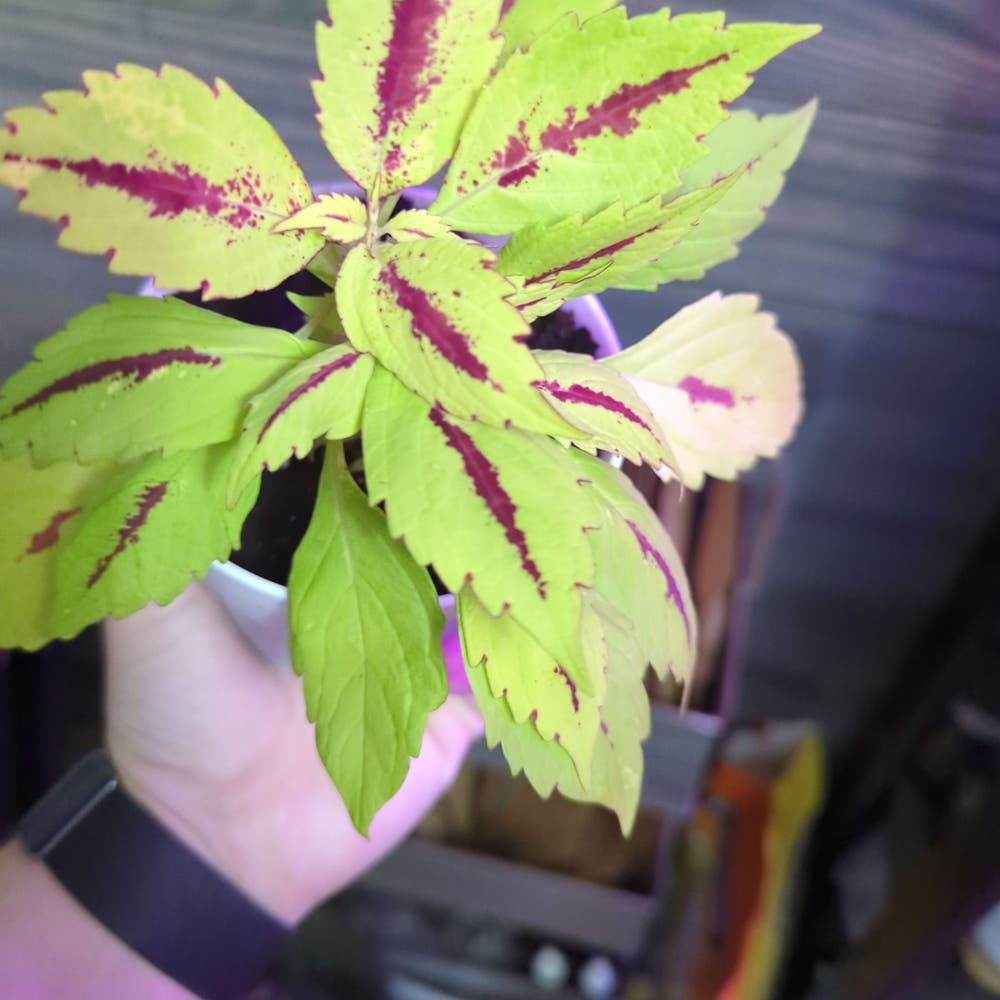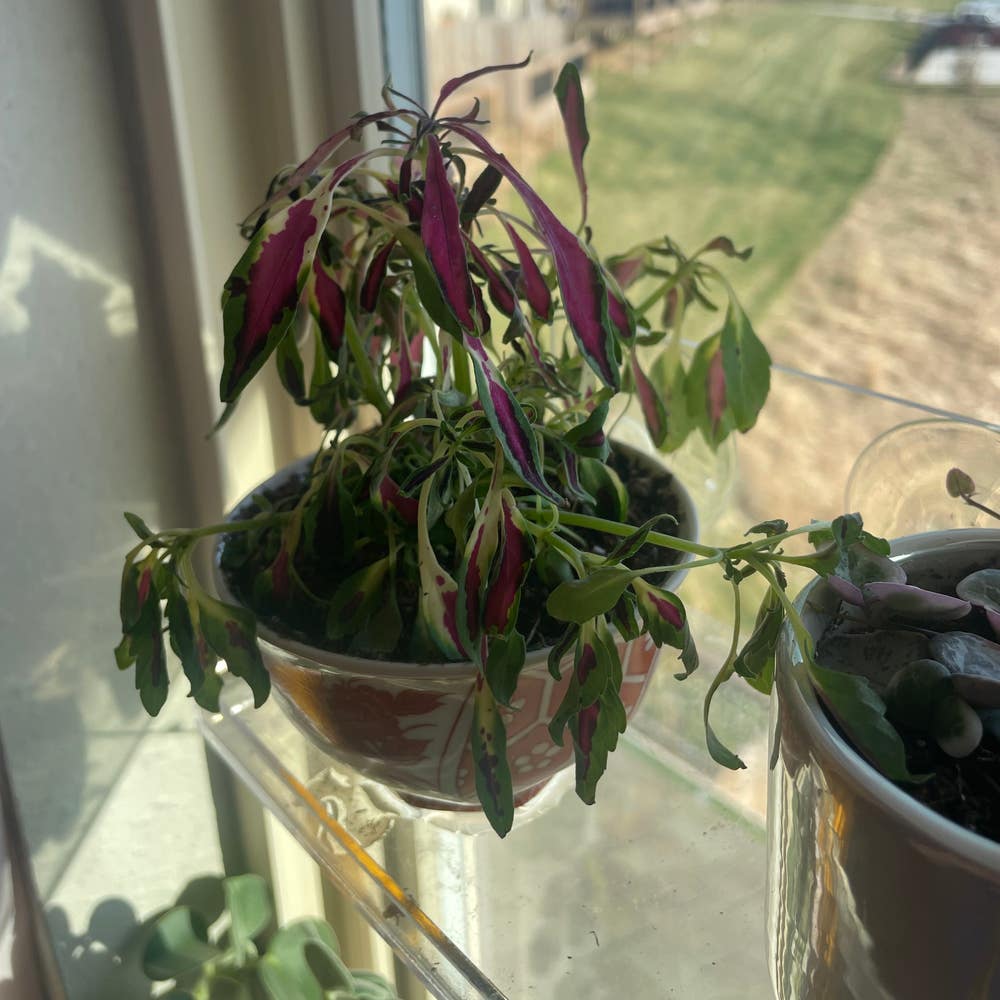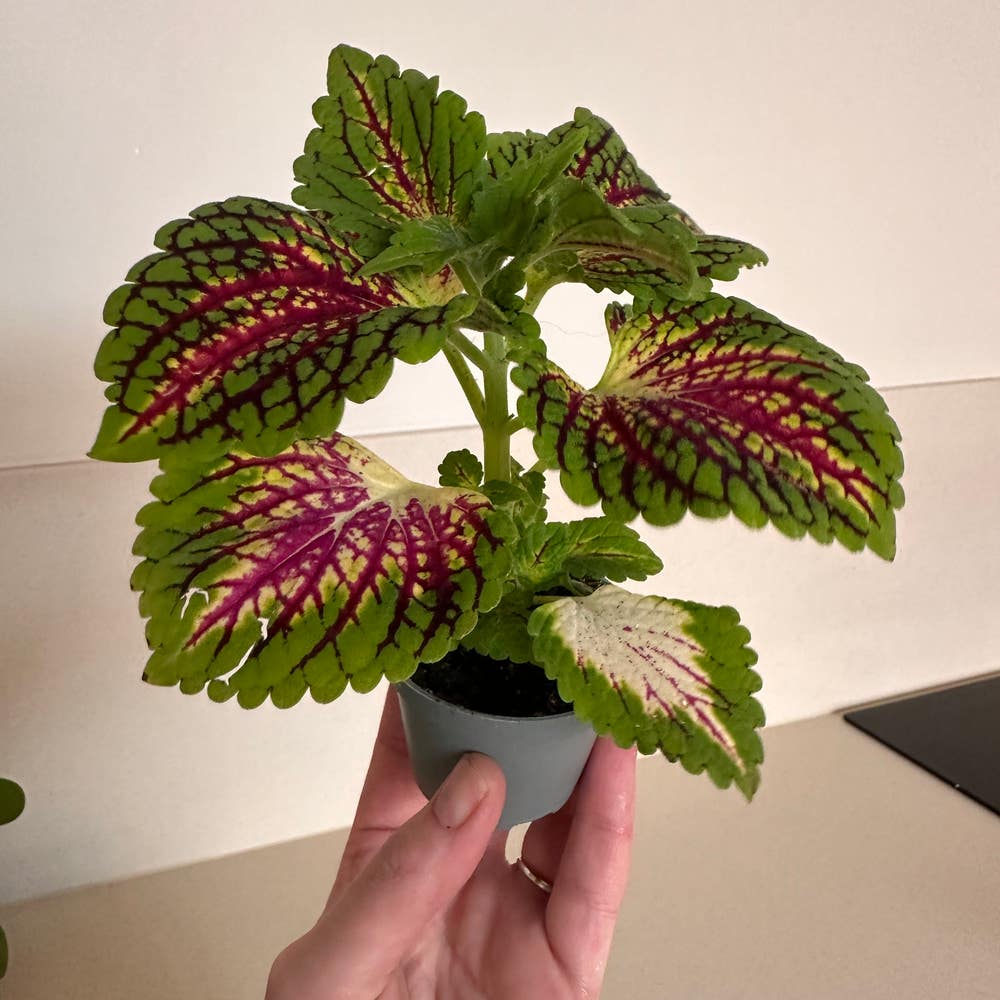Fertilizing My Coleus
Dec 16, 2023•7 min read
Nourish your Coleus to full bloom 🌺 with savvy fertilizing tips for dazzling growth.
- Balanced diet of N-P-K ensures lush foliage and vibrant blooms in Coleus.
- Over-fertilizing hinders blooming, watch for signs like leaf burn and wilting.
- Organic options boost blooms; compost and bone meal are effective choices.
General Fertilizing Tips for Coleus
Coleus plants, with their vibrant foliage, are hungry for a balanced diet to stay lush. They crave an equal mix of nitrogen, phosphorus, and potassium, the MVPs of the fertilizer world. Granular general-purpose fertilizers with a 10-10-10 ratio are like a well-rounded meal for these plants.
Monthly feedings keep Coleus in top form. Opt for a fertilizer that champions foliage growth post-planting. Remember, the goal is to support those showy leaves, not just to feed the soil.
Watering before fertilizing is not just a good idea; it's a must. It's like wetting a sponge to make it absorbent, helping roots take up nutrients efficiently and preventing the dreaded fertilizer burn.
Slow-release fertilizers are the low-maintenance buddies for the forgetful gardener. They're like those time-release capsules for colds, giving your Coleus a steady stream of nutrients without the need for constant attention.
Lastly, don't play the mad scientist with your Coleus. Stick to the recommended amounts on the fertilizer label. More isn't always better, and Coleus plants can't handle a nutrient overdose any better than we can handle a food coma.
Nutritional Needs for Blooming
To coax Coleus into blooming, a shift in nutrients is key. While nitrogen supports lush leaves, it's phosphorus (P) and potassium (K) that kickstart the flowering process.
💐 The Fertilizer Balancing Act
Phosphorus is the go-to for flower formation. Without enough P, don't expect a Coleus color show. Potassium backs up overall plant health, ensuring your Coleus has the stamina to sustain blooms.
⏰ Timing the Transition
As Coleus matures, dial down nitrogen to avoid a foliage-only fiesta. Increase P and K as the plant gears up to bloom, usually as daylight lengthens in spring.
🌸 Impact on Blooming
Overdo nitrogen, and you'll get a green giant with no flowers in sight. Balanced fertilization, however, means vibrant blooms and a robust Coleus that's less prone to pests and diseases.
Real Talk on Nutrients
Remember, more isn't always better. Stick to the recommended ratios on your fertilizer package to avoid nutrient burn, which can send your blooming dreams up in smoke.
Types of Fertilizers for Blooming
To coax the best blooms from your Coleus, fertilizer choice is key. Let's dive into the specifics.
💡 Understanding Fertilizer Formulas
Every fertilizer comes with a N-P-K ratio—that's nitrogen (N), phosphorus (P), and potassium (K). For blooming, you want a formula that's lower in N and higher in P and K. Think of nitrogen as the leaf-maker, while phosphorus and potassium are the bloom boosters.
🌱 Synthetic vs. Organic Fertilizers
Synthetic fertilizers are fast-acting, giving your Coleus a quick nutrient hit. They're the espresso shot of the plant world. But beware, they can be easy to overdo, leading to nutrient burn. On the flip side, organic options, like fish emulsion or bone meal, release nutrients slowly, feeding your Coleus a balanced diet over time.
🥤 Liquid or Granular?
Liquid fertilizers are like a quick snack for your plants, absorbed rapidly, but needing more frequent applications. Granular types, however, are the slow-cooked meals, releasing nutrients over weeks or months. For blooming, a slow-release granular with a low-nitrogen content is often the best bet.
🌸 Specialty Blooming Fertilizers
Some fertilizers are designed specifically for flowering, with labels like "Bloom Booster." These products typically have a higher phosphorus content. For example, a ratio like 2-3-1 is tailored for flower production, supporting those vibrant Coleus blooms.
Real Talk: What's Best for Coleus?
In the end, a balanced approach wins. Start with a general-purpose granular at planting, then switch to a blooming formula as your Coleus matures. Remember, more isn't always better—stick to the recommended rates to avoid the pitfalls of overzealous fertilizing.
Organic Fertilizers for Coleus
Organic fertilizers offer a natural boost for Coleus blooms, feeding plants without synthetic additives. They're not just good for your Coleus; they're a nod to eco-friendliness.
🌱 The Natural Choice
Compost and manure are the old reliables, packed with nutrients. They improve soil structure, encouraging healthy root development and vibrant blooms. For a more targeted approach, bone meal is high in phosphorus, essential for flowering.
🌿 Specific Organic Options
- Compost: A garden's best friend, it slowly releases nutrients and improves soil health.
- Manure: Well-aged varieties reduce the risk of burning plants while providing a nutrient kick.
- Bone Meal: Phosphorus-rich, it's the go-to for promoting blooms.
- Fish Emulsion: A quick-acting liquid fertilizer that's high in nitrogen, perfect for leafy growth.
- Kelp Meal: Full of trace minerals, it supports overall plant vigor and bloom production.
Remember, organic fertilizers are more than food; they're about building a sustainable garden ecosystem.
When and How to Fertilize for Blooming
Spring and summer are prime times for your Coleus to strut its stuff. That's when you should break out the fertilizer. Once a month is your mantra here, but only when your Coleus is in its active growing phase. If it's chilling indoors during winter, give it a break; no snacks needed.
⏰ Timing is Everything
Get your timing right: early morning is golden. Why? Because that's when your plant is just waking up, thirsty for a drink and ready to take in all those nutrients. Water your Coleus first, then follow up with the fertilizer. It's like a one-two punch for growth.
🔄 Step-by-Step Fertilization
- Water your Coleus—make sure it's hydrated before you start.
- Don a pair of gloves; safety first, especially with chemical fertilizers.
- Choose a balanced fertilizer—a 10-10-10 mix is your Coleus's best friend.
- Read the label on your fertilizer like it's the latest gossip—know it inside out.
- Apply the fertilizer carefully, avoiding the leaves to prevent burn.
- Repeat monthly during the growing season—set a reminder if you must.
Remember, your Coleus is a bit of a diva—it likes its soil slightly acidic to neutral, around pH 6.0 to 7.0. If you've got that sweet spot, you might not need to fertilize as much. A soil test can clear up any of that confusion.
🌱 Organic Options
If you're going the organic route, more power to you. There are plenty of natural fertilizers that can help your Coleus bloom. Just remember, whether it's chemical or organic, the rules of the game don't change—water first, fertilize second, and always in moderation.
Signs of Over-Fertilizing and Impact on Blooming
Recognizing the signs of over-fertilization is crucial for the health of your Coleus. Look out for burned leaves, a telltale sign that your plant is getting too much of a good thing. Yellowing, particularly of the lower leaves, can also indicate nutrient overload.
🚩 Symptoms to Watch For
- Scorched leaves: A classic red flag.
- Yellowing leaves: Especially lower ones.
- Stunted growth: When your Coleus stops thriving.
- Wilting or collapse: Over-fertilization stress can be dramatic.
Impact on Blooming
Excess nutrients, particularly nitrogen, can lead to lush foliage at the expense of flowers. If your Coleus is all leaves and no blooms, it might be time to reassess your fertilization game.
Remedying Over-Fertilization
To get your Coleus back on track, flush the soil with water to leach out excess fertilizer. This can help reset the nutrient balance and encourage recovery. In the future, fertilize with a lighter hand and ensure you're using a balanced formula.
Steps to Flush Soil
- Place your Coleus in a sink or tub.
- Run water through the soil for a few minutes.
- Allow the water to drain completely.
Remember, Coleus care is a bit of an art and a science. Keep a keen eye on your plant and adjust your approach as needed. Too much love, in the form of fertilizer, can sometimes be just as detrimental as neglect.





